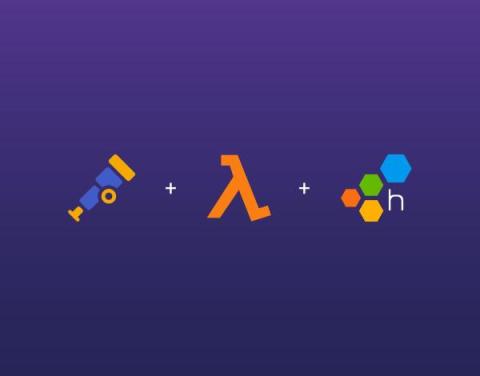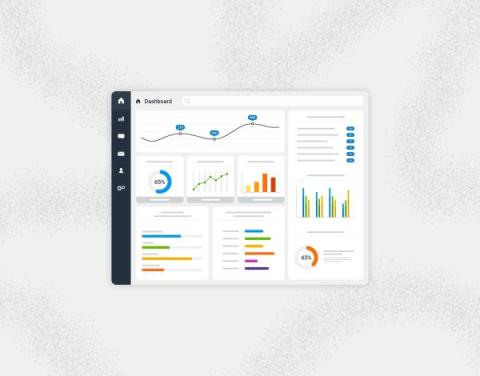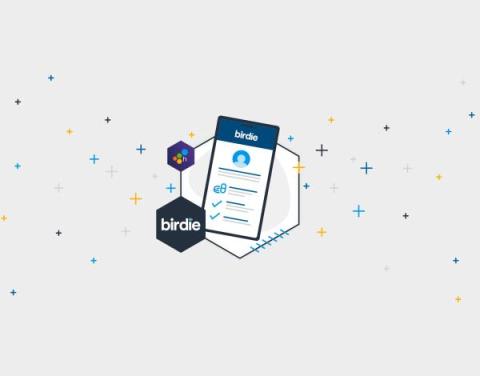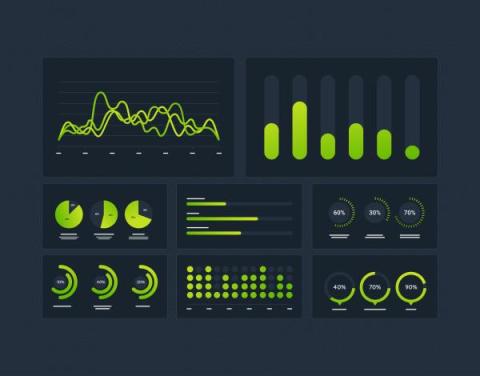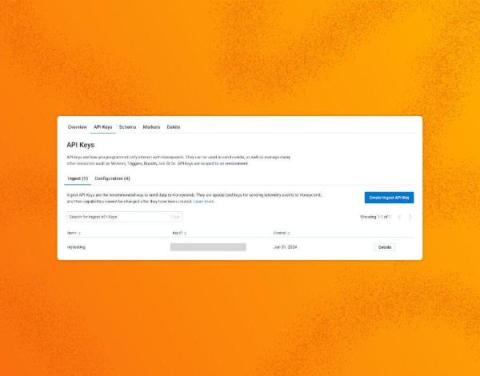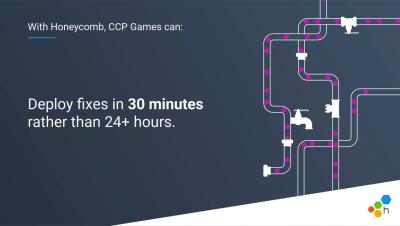Driving Culture Change: Phorest's Observability Transformation
Phorest wanted a tool to help foster a culture of observability among the engineers at an affordable and predictable price. With their application stack hosted on AWS, Phorest delivers a premier software solution that empowers their salon and spa business customers to thrive. Ensuring every engineer has access to an observability tool is integral to the company's success model, enabling them to deliver great code for their designated software services.



